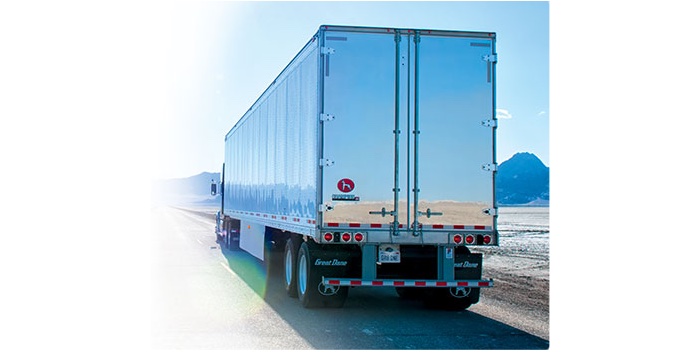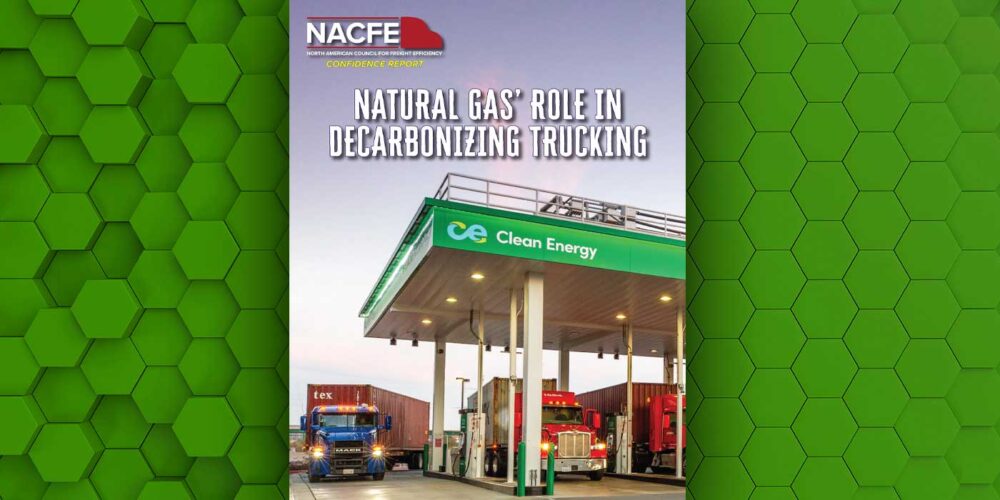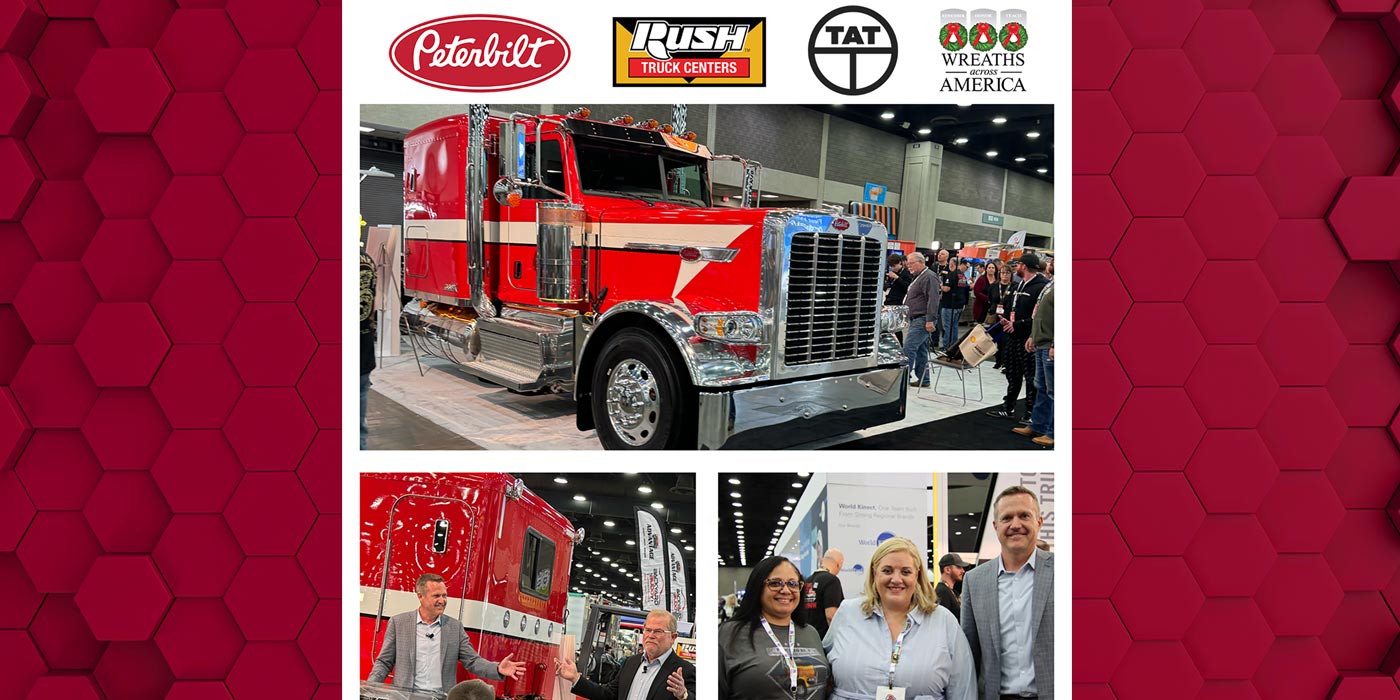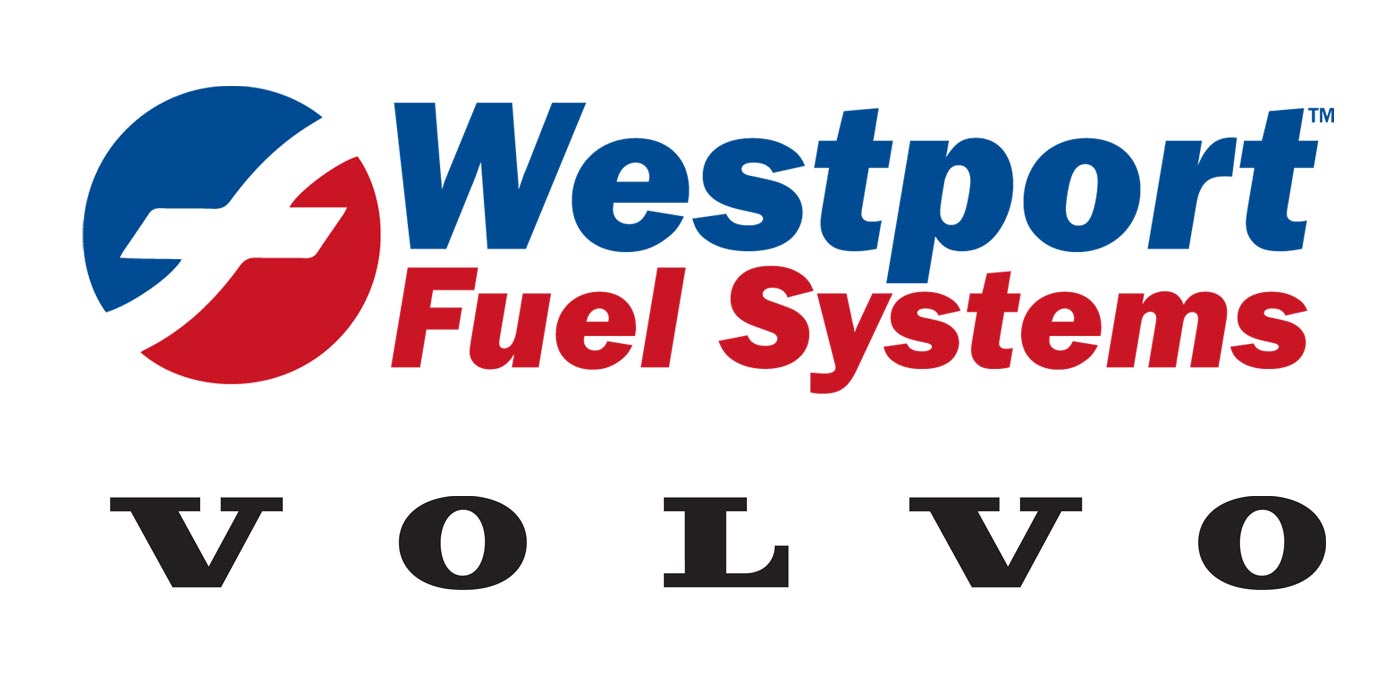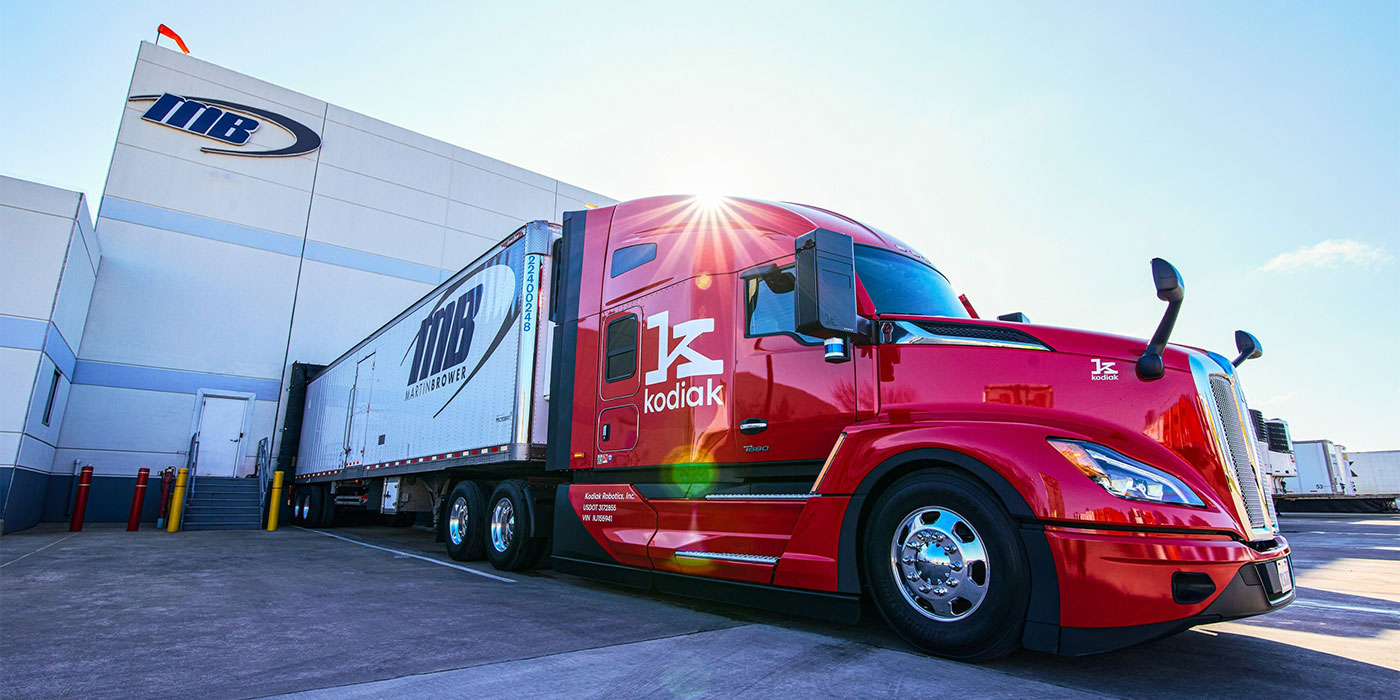When researching the optimal balance between purchasing and leasing, we asked fleets how they acquire and finance equipment. Here’s what they had to say:
Peter Nativo, director of maintenance for Oakley Transport says, “We lease short term [seasonal] trucks for our Citrus division. This year we leased 85. The season runs from the end of November to the end of May. Trailers we lease base on business and the customers commitment. We run some seasonal refer trailers and some liquid bulk trailers; 10 bulk and five refrigerated.
“As for maintenance,” he says, “our truck leases include maintenance but, we maintain the trailers on lease. The truck maintenance that is included we buy because the trucks are various brand names and we don’t want to stock allot of different parts and supplies for the trucks. The agreement includes preventive maintenance too. Leasing programs work well when you don’t want to invest your capital into equipment on a business that could be short term or seasonal. The investment into technicians and the cost of running a shop in today’s transportation environment isn’t cheap so in some operations it makes sense to lease.”
Dan Vander Pol, director of maintenance for Oak Harbor Freight Lines Inc., notes, “When we purchase trucks, we do a five year TRAC lease with a 20% residual. We always buy out the 20% residual at the end and keep the truck for longer than five years. Being LTL, we can repurpose line trucks from linehaul to pick up and delivery, which extends the useful life of the truck. We have never done a full maintenance lease. We have seven shop facilities and most of the time we are able to run the trucks through our own shops.
“When I have taken a look at full maintenance leases, I have found that our cost per mile is lower when maintaining the truck ourselves. I would think that it would be useful to do a full maintenance lease when opening up a new market where we do not have a shop yet, but we have never tried it.”
Darry Stuart, president and chief executive officer of DWS fleet management services, adds, “Leasing vehicles has been and still is a strong alternative—especially since engine emission changes. It allows the bigger fleets to predict and build into their rates a straight line cost for budgeting. Straight-line costs, which may not be the best financial deal, are easier to plan and some times planning is more important than the best low cost option. Some companies are prepared for higher easier predictive planning, but I suggest caution since straight line pricing does not include unpredictable costs. There are other considerations such as, operational, damage, accidents or driver-related add-ons that affect the leasing invoice.”
He goes on to say that there are many things to look for when financing and leasing, for instance, schedule “A” vehicle value, depreciation calculations, consumer price index increases, what is entailed in the contract, replacements, how many vehicle replacements and contract length. Then you need to consider turn-in conditions. Some leases require that vehicles be turned in brand new condition, without consideration to reasonable wear and tear.
As for spec’ing power vehicles, Stuart believes, “The larger leasing companies have it down: There maybe a few special items, but the specs are pretty good and may include components that provide lower costs savings. The most important thing to consider when leasing is the service, location and then price. However, for finance lease options, most of what has been said above does not apply, since the transaction is just a method of financing. Fleets are locked into the contract requirements and may not have much ability or experience to spec and purchase the most desirable piece of equipment. These days, with vertical integration, the choices are pretty much gone.
“As for leasing trailers, most of the specs are generic and are good for overall industry application—not really specific to the application unless a specific need is negotiated and there is a close working relationship between the fleet and the leasing company. But when you bid the trailers. For full service leasing, the same rules apply, but be cautious make sure you understand what you are contracting. I recommend that fleets consider engaging a third party facilitator or negotiator who can provide good advice.”

